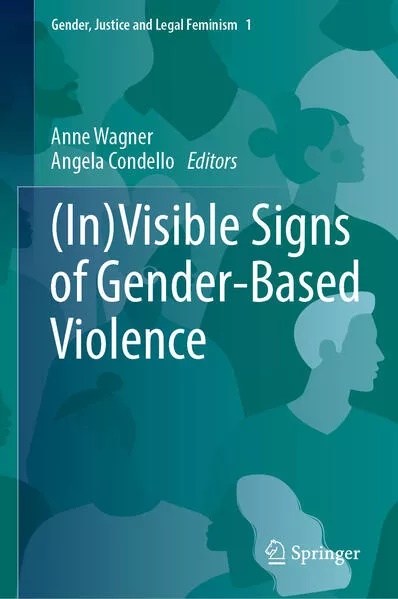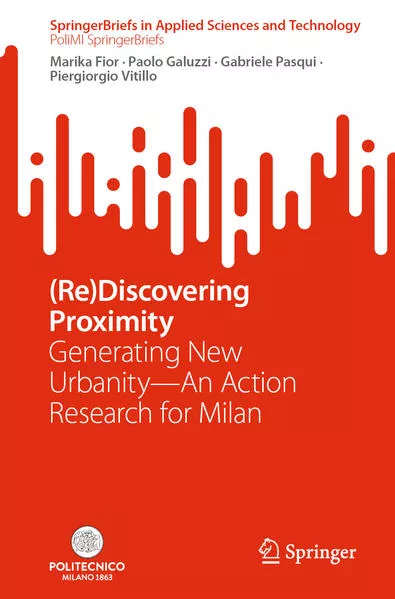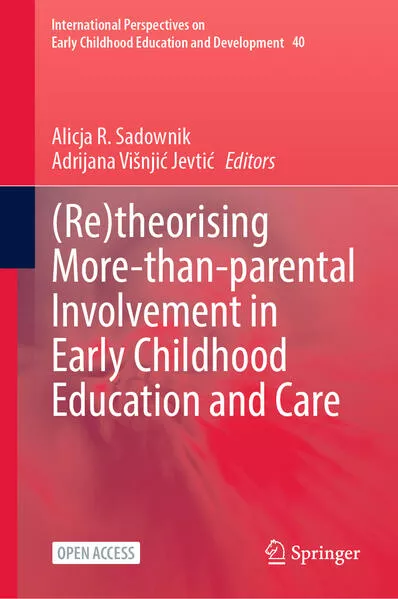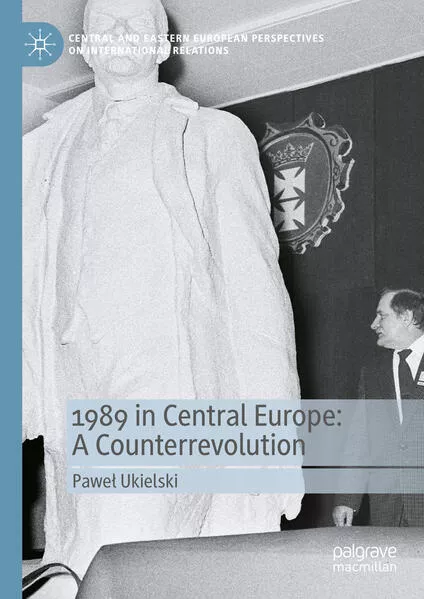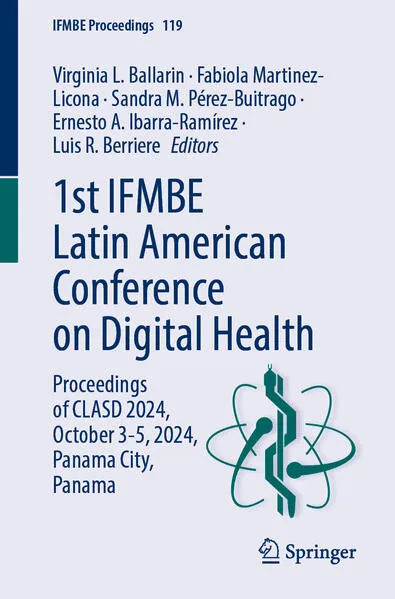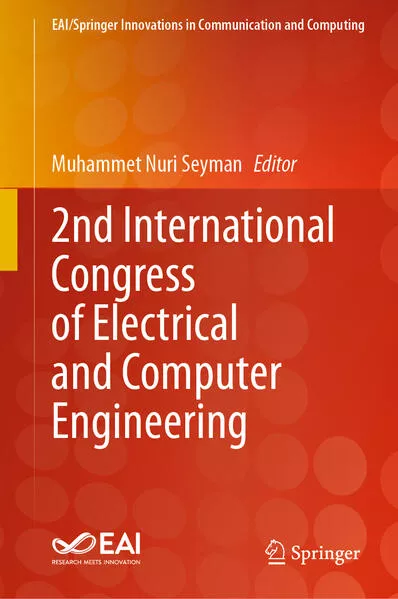
Graciela Arosemena Díaz
Urban Development and the Panama Canal Zone
- The Case of Fort Clayton
ISBN: 978-3-031-38769-2
222 Seiten | € 96.29
Buch [Gebundenes Buch]
Dieses Buch gehört zur Reihe The Urban Book Series und enthält ca. 20 Folgen.
Erscheinungsdatum:
27.10.2023
Politik
Graciela Arosemena Díaz
Urban Development and the Panama Canal Zone
The Case of Fort Clayton
5.0/5.00 bei 1 Reviews - aus dem Web
The construction of the Panama Canal at the beginning of the twentieth century created an enclave that ran parallel to the interoceanic waterway, controlled by the US government: the Canal Zone. This book aims to understand the implications that Panama Canal Zone urban planning had on human health, natural resources, and biodiversity through the study case of Fort Clayton, highlighting how the sanitary concerns shaped building regulations and the urban landscape of towns.
This book highlights the role of North American entomologists and health workers in developing control strategies for diseases transmitted by mosquitoes and how mosquito’s ecology determined building regulations that shaped the image of the Canal Zone towns. On the other hand, the book determines the environmental assessment of Fort Clayton, determined by the two fundamental aspects that set on the environmental impact of an urban settlement. The first one is the suitability of the site's location. The secondis the urban structure of the adopted city model and its impact on the connectivity of the surrounding forests during the twentieth century.
This text is aimed at both undergraduate and postgraduate students, architects, urban planners, historians, and environmental science professionals.
This book highlights the role of North American entomologists and health workers in developing control strategies for diseases transmitted by mosquitoes and how mosquito’s ecology determined building regulations that shaped the image of the Canal Zone towns. On the other hand, the book determines the environmental assessment of Fort Clayton, determined by the two fundamental aspects that set on the environmental impact of an urban settlement. The first one is the suitability of the site's location. The secondis the urban structure of the adopted city model and its impact on the connectivity of the surrounding forests during the twentieth century.
This text is aimed at both undergraduate and postgraduate students, architects, urban planners, historians, and environmental science professionals.
Unterstütze den lokalen Buchhandel
Nutze die PLZ-Suche um einen Buchhändler in Deiner Nähe zu finden.
Bestelle dieses Buch im Internet
| Veröffentlichung: | 27.10.2023 |
| Höhe/Breite/Gewicht | H 23,5 cm / B 15,5 cm / - |
| Seiten | 222 |
| Art des Mediums | Buch [Gebundenes Buch] |
| Preis DE | EUR 96.29 |
| Preis AT | EUR 98.99 |
| Auflage | 1. Auflage |
| Reihe | The Urban Book Series |
| ISBN-13 | 978-3-031-38769-2 |
| ISBN-10 | 3031387694 |
Diesen Artikel teilen
0 Kommentar zu diesem Buch
.... weitere Publikationen von Springer International Publishing
Leserunde
WORDS TO THINK. OR TO SING. (English Edition) - An award-winning book of accessible, poetic pop lyric fragments in the making. (Poetische, gut zugängliche, englische Sprache)
Bewerbungsfrist bis zum: 29.12.2025






